FC-08 - Time

- Differentiate between mathematical and phenomenological theories of the nature of time
- Recognize the role that time plays in “static” GISystems
- Compare and contrast models of a given spatial process using continuous and discrete perspectives of time
- Select the temporal elements of geographic phenomena that need to be represented in particular GIS applications
- Exemplify different temporal frames of reference: linear and cyclical, absolute and relative

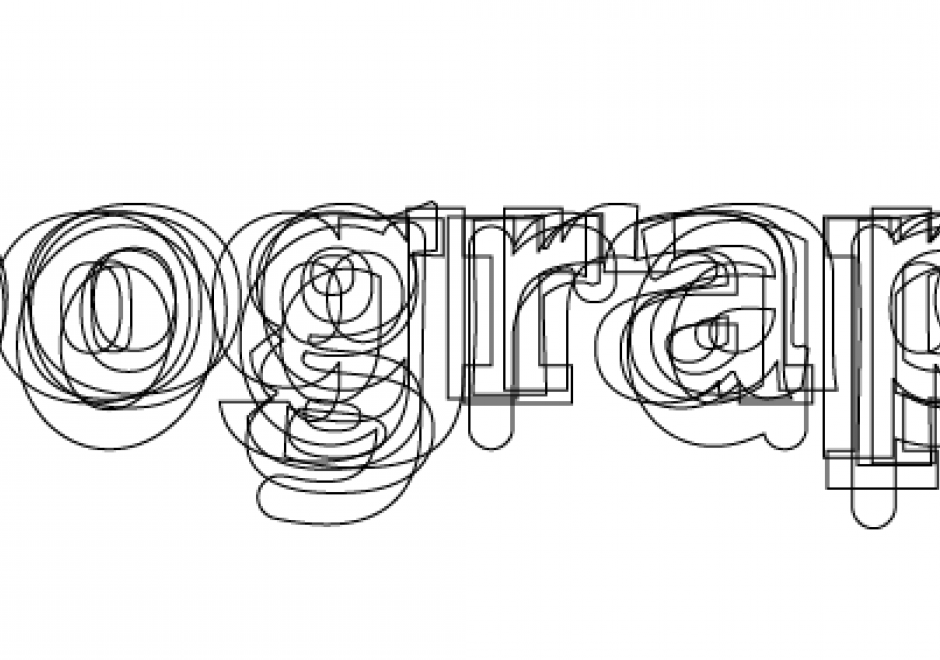
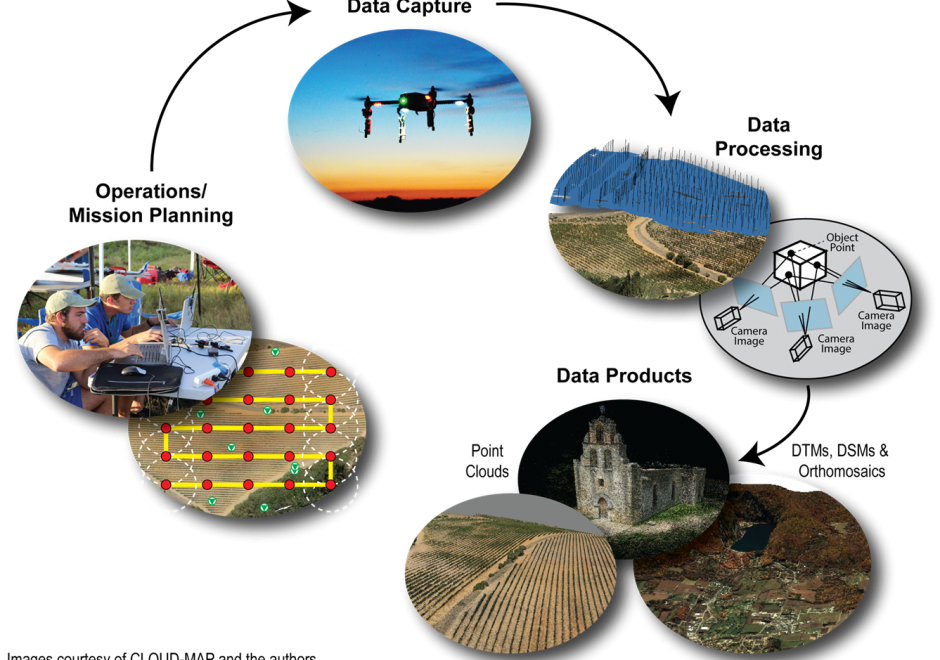
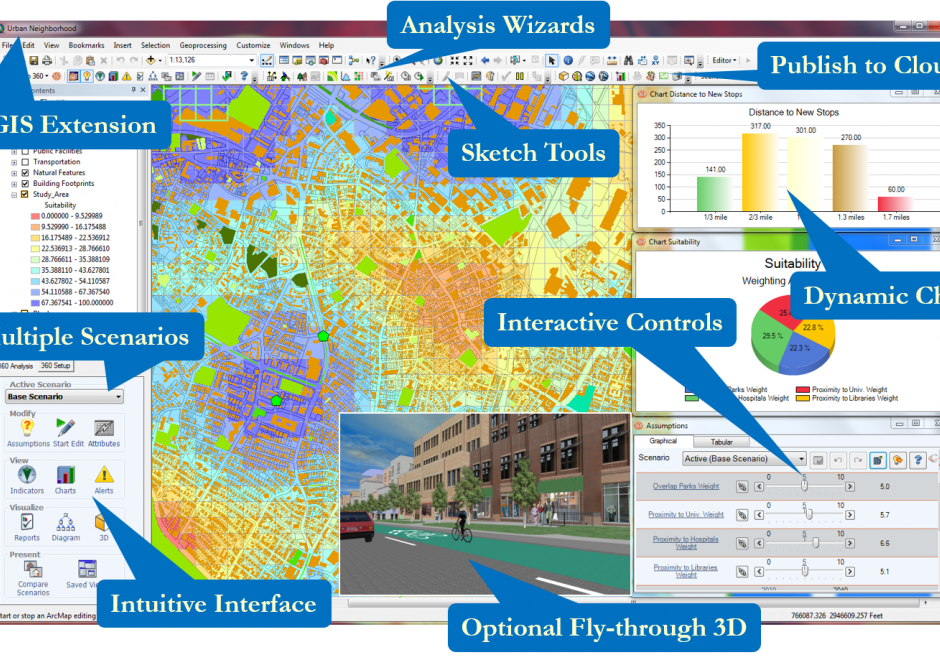
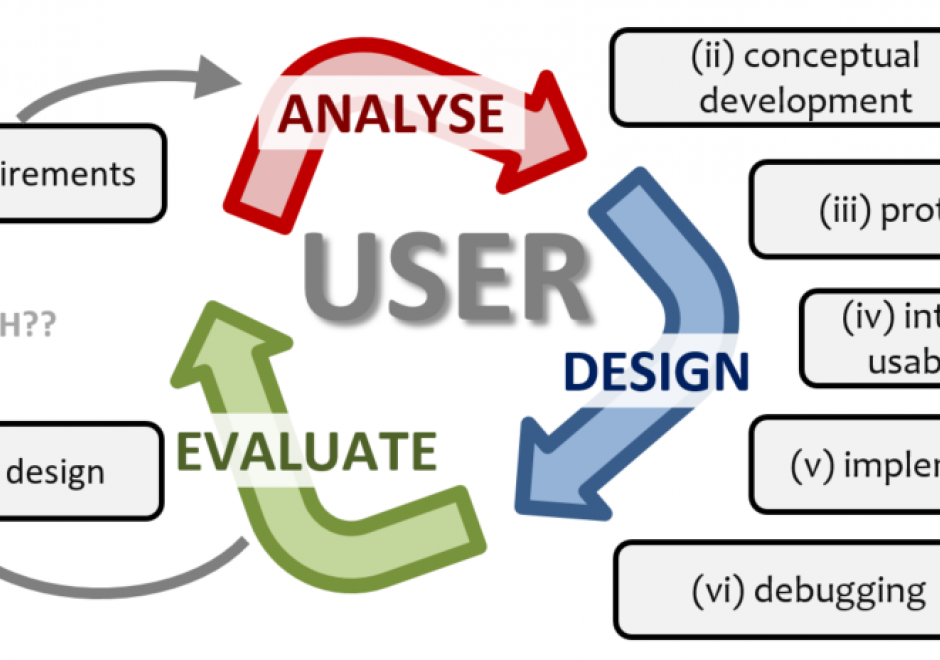
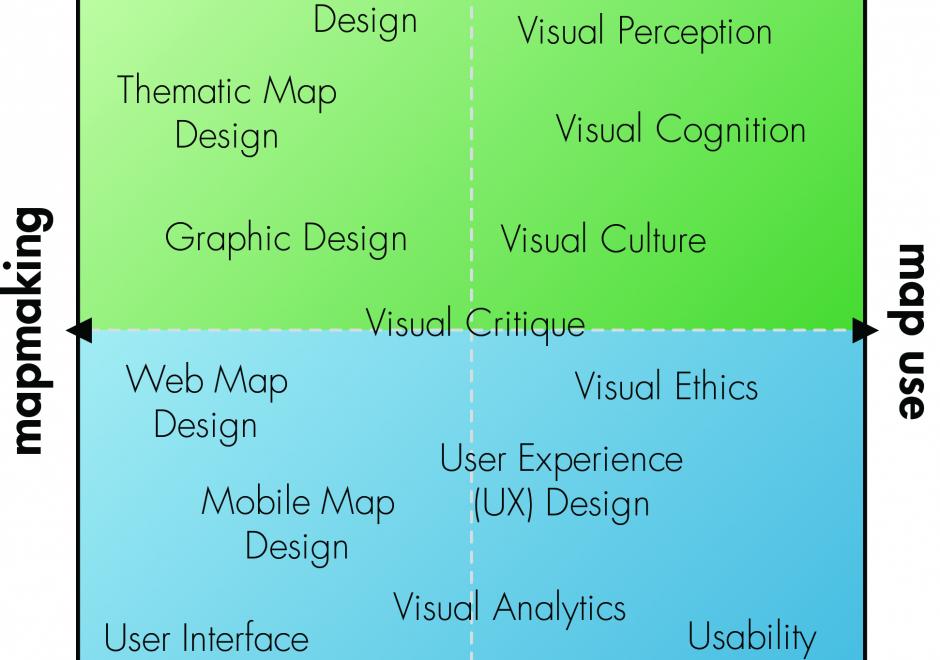
AM-86 - Theory of error propagation